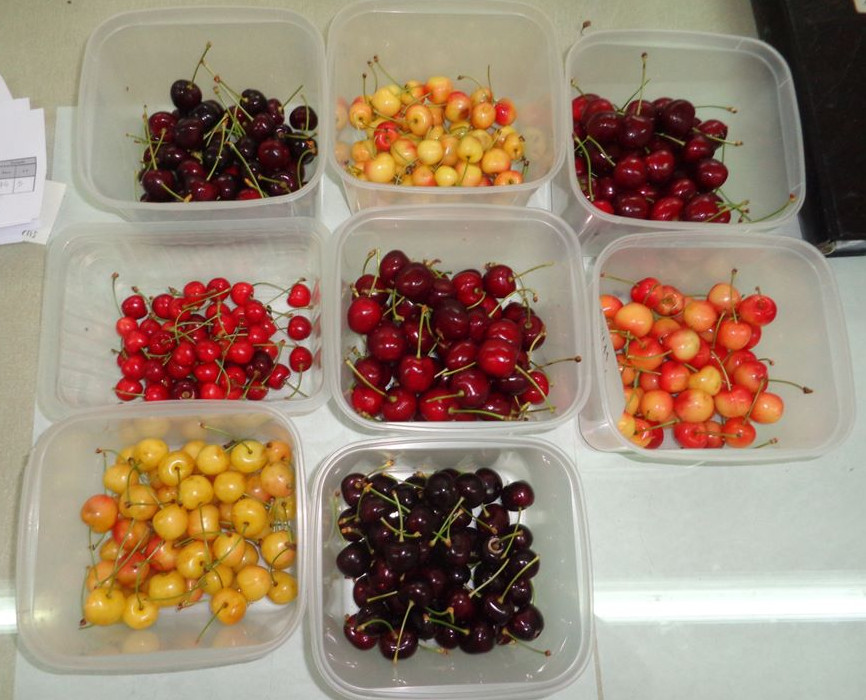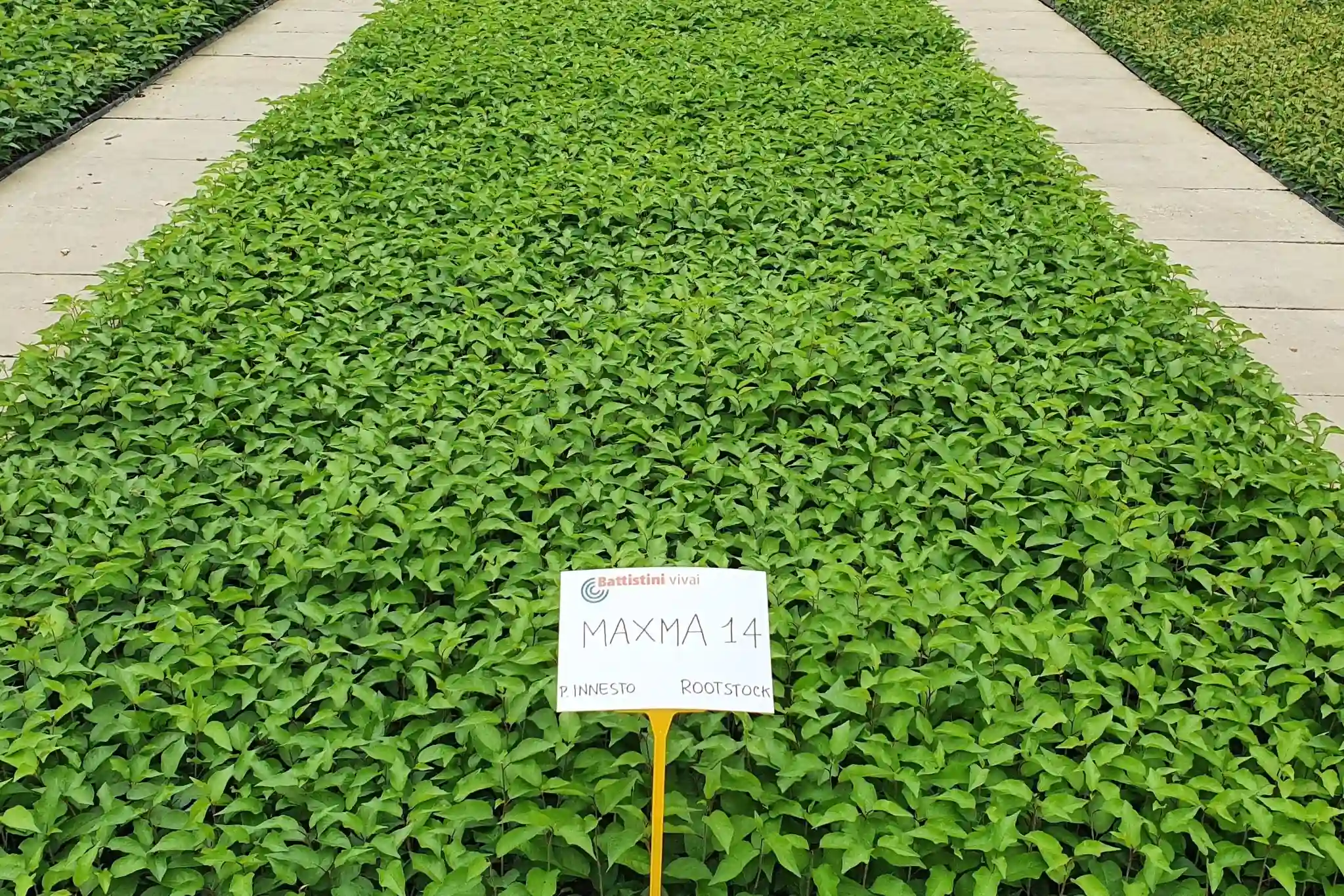
Dr José Quero Garcia - INRA (F)
Cherry Times technical-scientific committee
Sweet cherry breeding is nowadays a very active field, both in public institutions or in private companies. In the last decades, a large number of new cultivars have been released, despite the fact that worldwide sweet cherry cultivated area and production are significantly lower as compared to other major fruit species.
The implementation of new breeding programs was fueled by the advent of modern and intensive sweet cherry orchards, which required cultivars adapted to new training systems but also that could meet high-standard consumer requirements. For instance, the export sector of sweet cherry has tremendously progressed, both between countries from the same regions or from Southern to Northern hemisphere countries at counter-season.
In this respect, the case of Chile is paradigmatic, since it has become in less than 20 years the third largest sweet cherry producing country, behind Turkey and the USA, with over 90% of its production being shipped to distant Asian markets.

Breeding objectives will obviously be different depending on the targeted sweet cherry production area. Nevertheless, several criteria are mandatory for all breeders: fruit productivity, fruit size and firmness, as well as tolerance to major abiotic and biotic stresses. However, the complexification of sweet cherry cultivation, with the utilization of dwarfing rootstocks, higher planting densities and protective structures against rain or insects (such as Drosophila suzukii), have significantly increased growers’ costs.
Hence, new cultivars require specific attributes for rapid return on investment. Two of the most critical features are precocity and regularity of production and one of the solutions offered to growers was the adoption of highly cropping self-fertile cultivars.
The second aspect that is increasingly considered by breeders is the adaptation to climate change. Indeed, sweet cherry is particularly vulnerable to global warming and there is an urgent need to create new cultivars with low chilling requirements for flowering but with relatively high heat requirements for spring budbreak, so that flowering does not occur too early, thus reducing the risk of frost damage.
 Fig. 1 - Germination and plantlet growth of sweet cherry hybrids
Fig. 1 - Germination and plantlet growth of sweet cherry hybrids
It is also crucial to develop cultivars that can cope with extremely high temperatures since these can have deleterious consequences during the growing season, such as the sunburn of fruits and branches or during the following season, such as the formation of abnormal flowers and/or double pistils/fruits. Extreme and erratic rain events during harvest may lead to massive cracking of fruit, even under protective structures, and for this reason the search for fruit cracking tolerance remains a major breeding goal.
Finally, traits related to tolerance or resistance to biotic stresses will progressively become high-priority due to the increasing consumer demand for healthy and environment-friendly fruit. For this reason, breeding programs develop innovative approaches to target diseases such as bacterial canker, brown rot (monilia) or leaf spot, or pests such as black aphids. Besides traditional quality attributes such as taste (based on a good sugar/acid balance) and crunchiness, a new promising area of development for sweet cherry breeders is the search for health-related compounds.
Given the need to work simultaneously with such a large range of traits, sweet cherry breeders must optimize their operational procedures since the traditional period required between the cross of two parental lines and the release of a new hybrid often exceeds twenty years. One of the most promising approaches to accelerate the global breeding process is to use the information contained in each living cell, that is, the DNA.
 Fig. 2 - Sweet cherry hybrids ‘on field’ evaluation
Fig. 2 - Sweet cherry hybrids ‘on field’ evaluation
Indeed, important research efforts have recently allowed the discovery of many regions of the genome that control the traits of interest in sweet cherry, such as fruit weight and firmness, bloom and maturity dates, tolerance to rain-induced fruit cracking, and so on. Breeders can use this information to better plan their crosses by selecting the parents that harbor the most favorable alleles and by selecting the best hybrids at the plantlet stage, during their first year of growth within the greenhouse. These methodologies are currently being deployed by several public institutions in Europe and North America but private programs are increasingly showing interest as well.
In summary, sweet cherry breeders will face difficult but exciting challenges during the coming years and multilateral cooperation between them and with scientists from University and research centers appears as crucial.
Main sweet cherry breeding programs (from Cherry book, 2017)


Selected references:
Quero-García J, Branchereau C, Barreneche T, Dirlewanger E (2022) DNA-informed breeding in sweet cherry: current advances and perspectives. Italus Hortus 29: 14-37.
Quero-García J (2019) Cherry breeding in the world : current analysis and future perspectives. Italus Hortus 26 (1) : 9-20.
Quero-García J, Iezzoni A, Lopez-Ortega G, Peace C, Fouché M, Dirlewanger E, Schuster M (2019) Advances and challenges in cherry breeding. In Lang G. (ed) Achieving sustainable cultivation of temperatue zone tree fruits and berries. Volume 2: Case studies. Burleigh Dodds Series in Agriculture Science, Burleigh Dodds Science Publishing, Cambridge, UK, pp. 55-88.
Quero-García J, Schuster M, Lopez-Ortega G, Charlot G (2017) Sweet Cherry Varieties and Improvement. In Quero-García J, Iezzoni A, Pulawska J and Lang G (eds.) Cherries: Botany, Production and Uses, CABI, pp. 60-94.
Cherry Times - All rights reserved


















